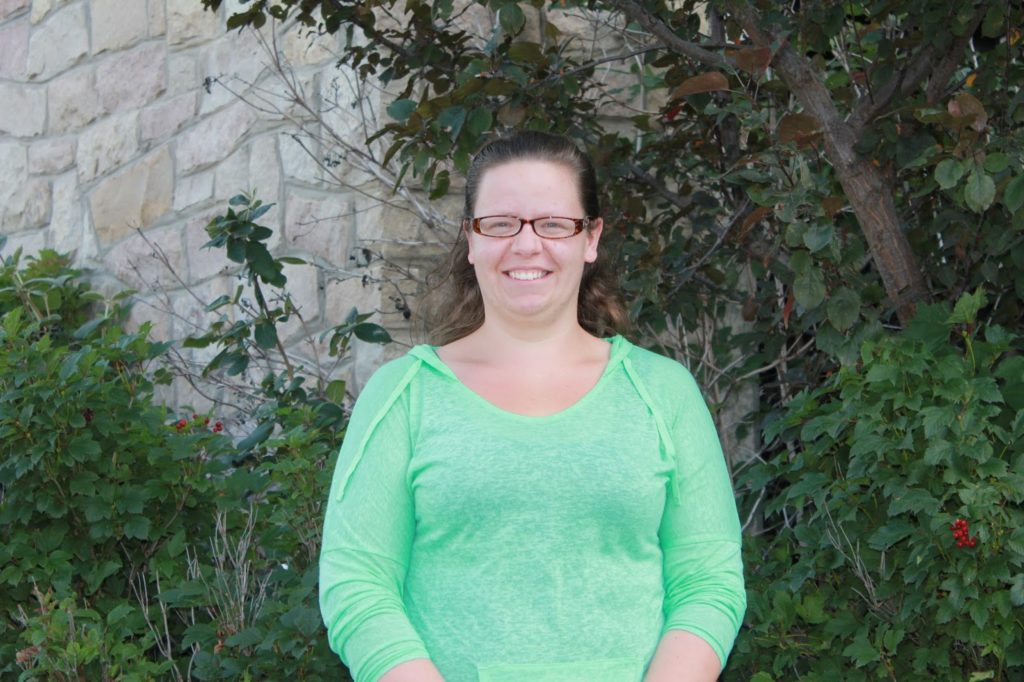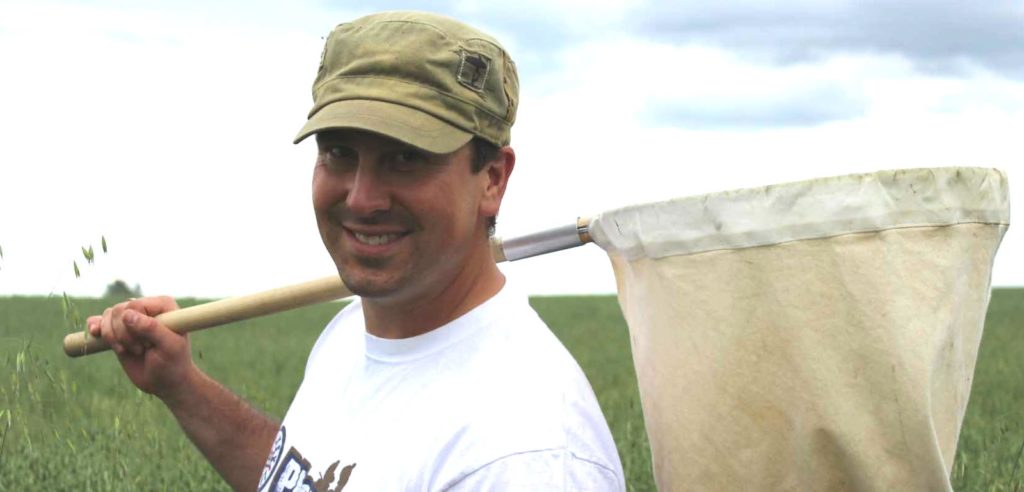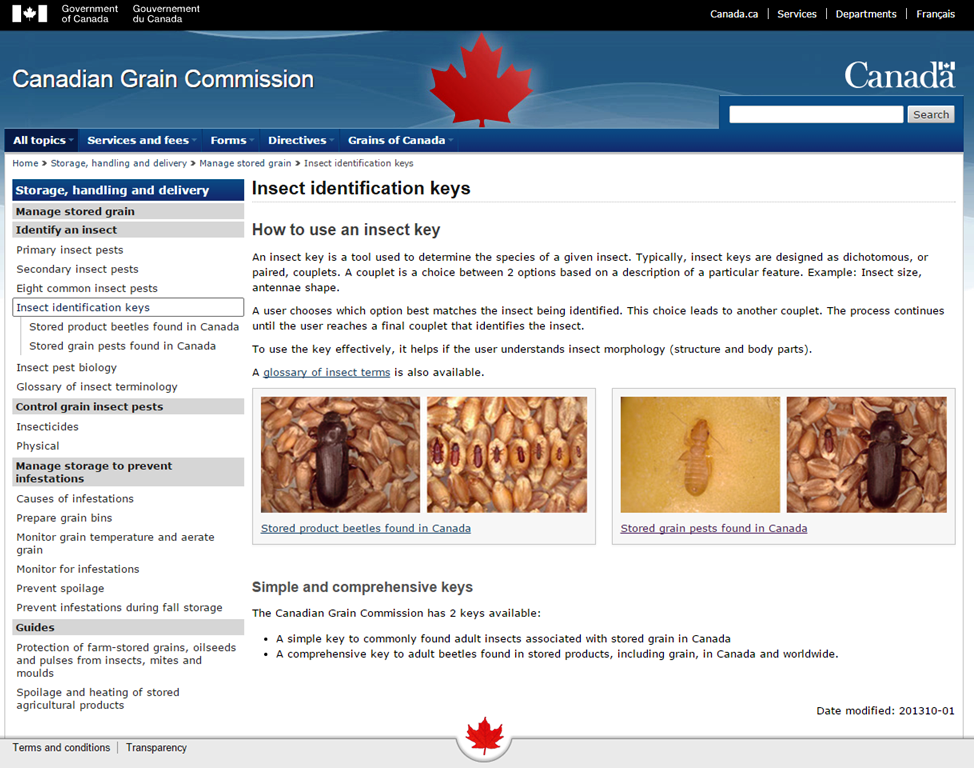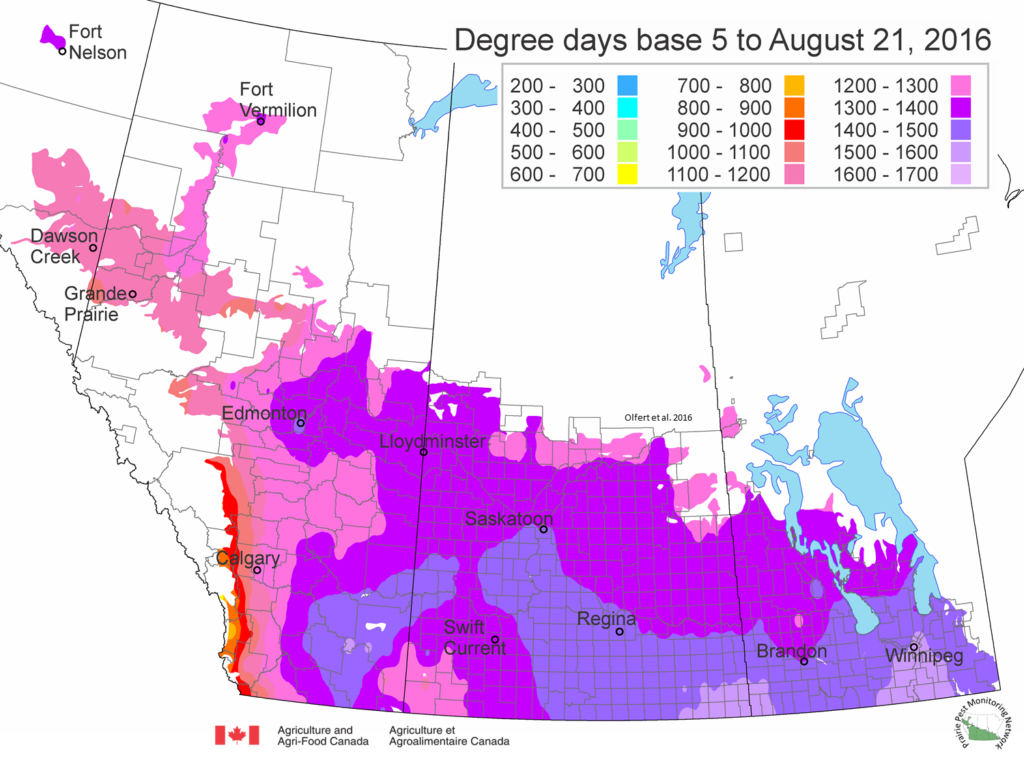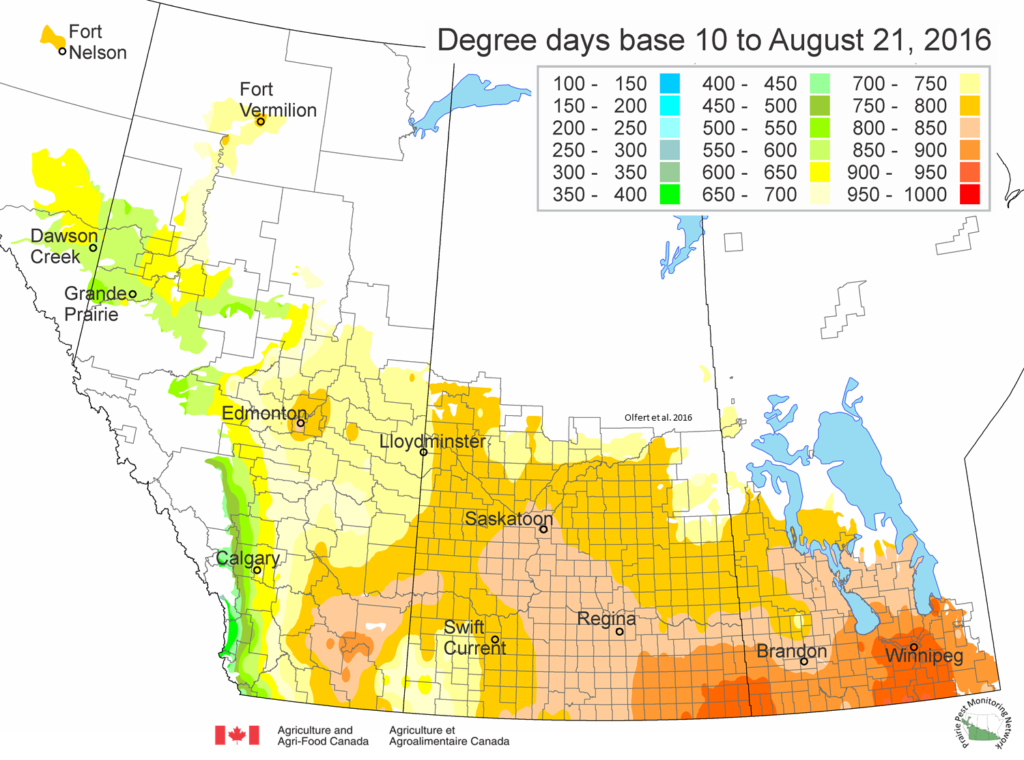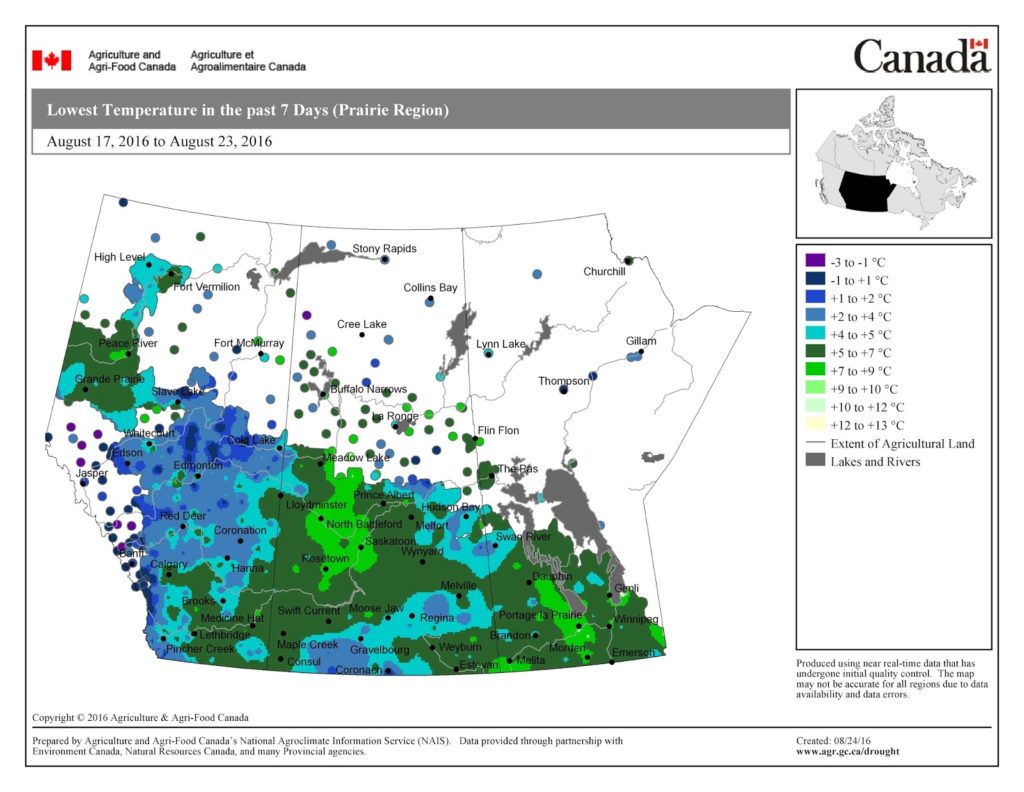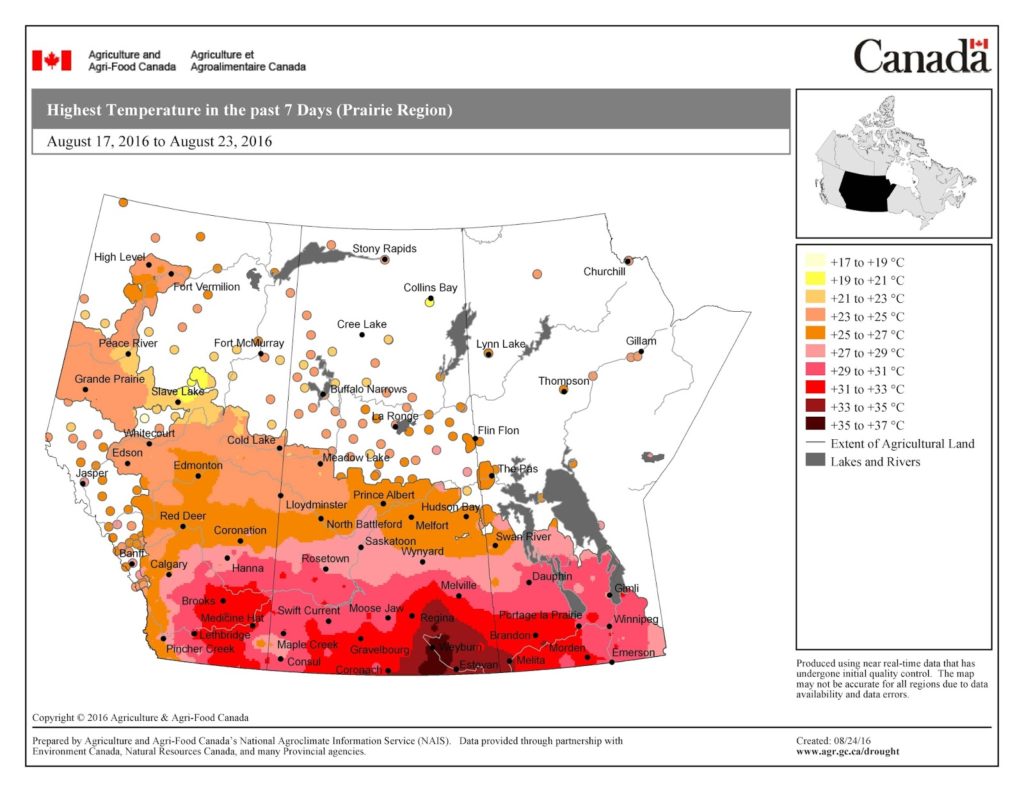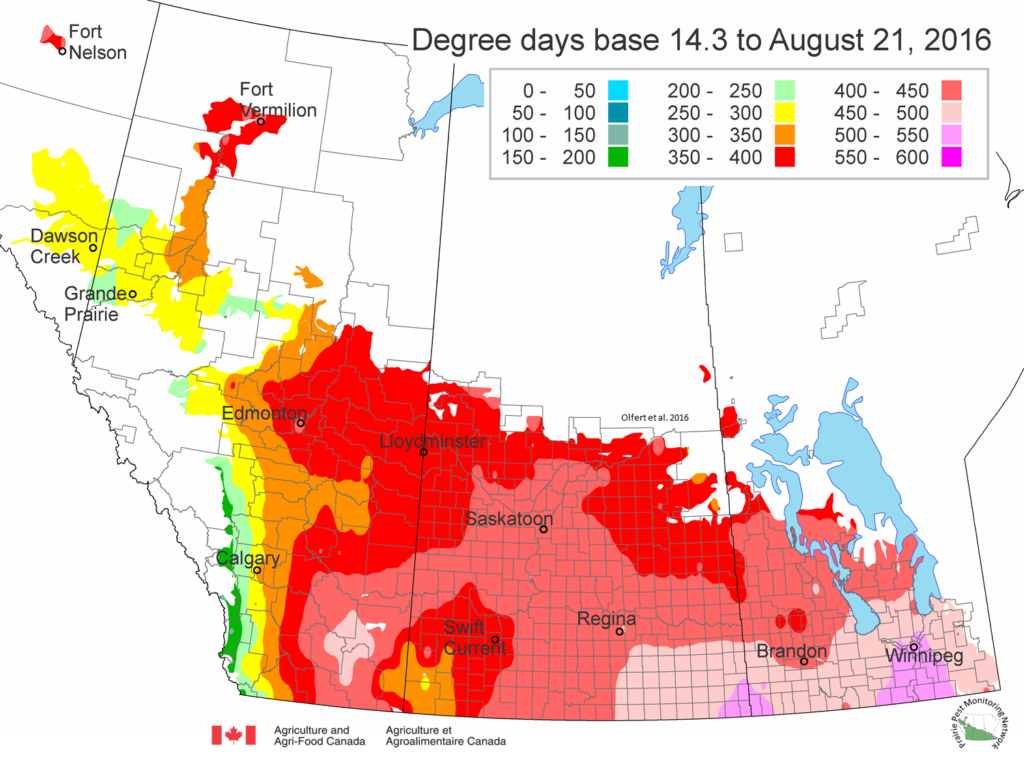Greetings!
This is the last Weekly Update of the 2016 growing season! Many thanks to everyone who helped prepare the various sections and insect pest updates for the past 17 weeks! Thanks to those of you who monitor and good luck with harvest!
A downloadable PDF version of the complete Weekly Update for Week 17 (August 24, 2016) can be accessed here.
Subscribe to the Blog by following the instructions posted here! Receive automatic updates during the fall and winter months in your inbox.
Questions or problems accessing the contents of this Weekly Update? Please e-mail either Dr. Owen Olfert or Jennifer Otani. Past “Weekly Updates” are very kindly archived to the Western Forum website by webmaster, Dr. Kelly Turkington.


